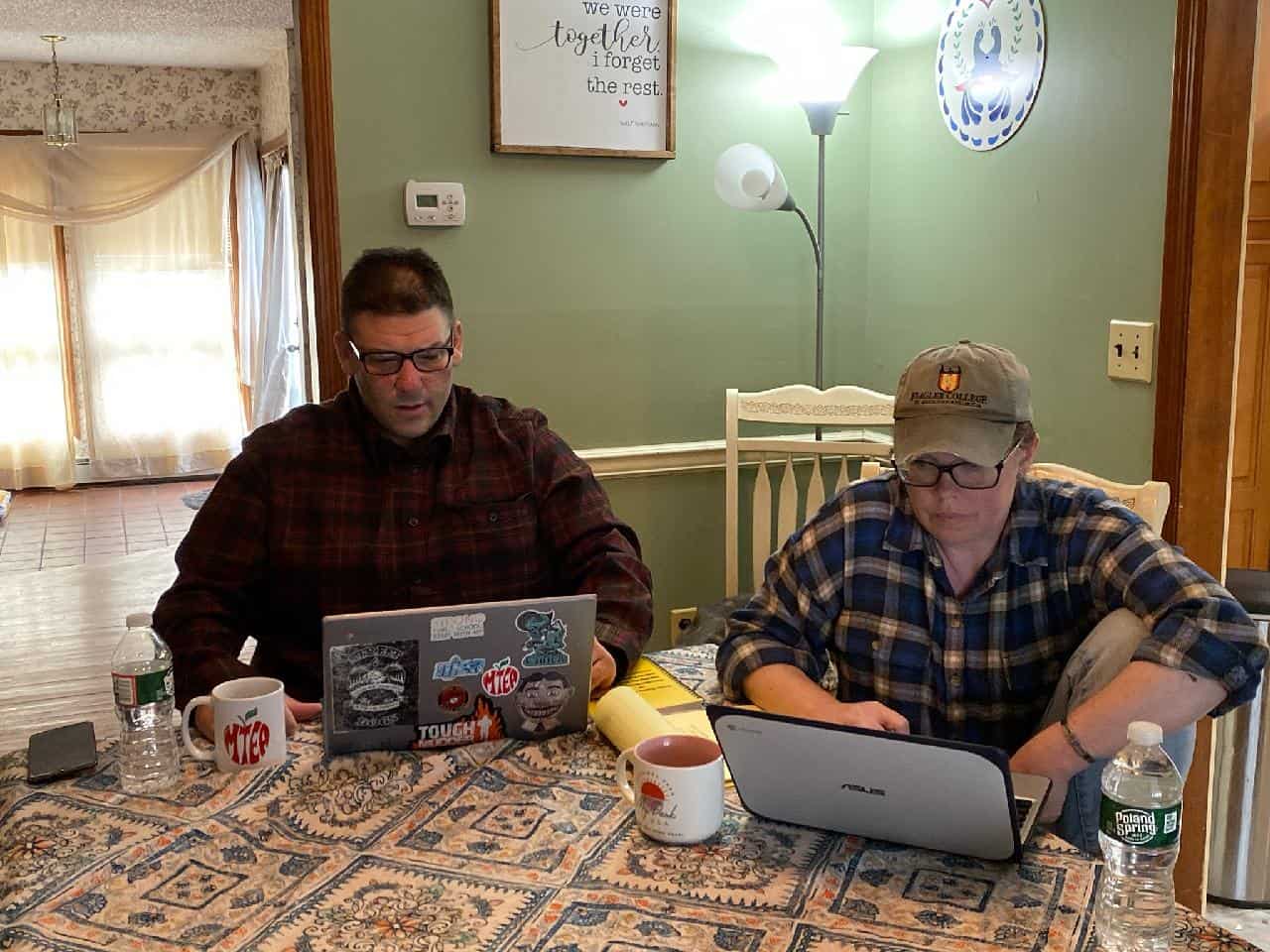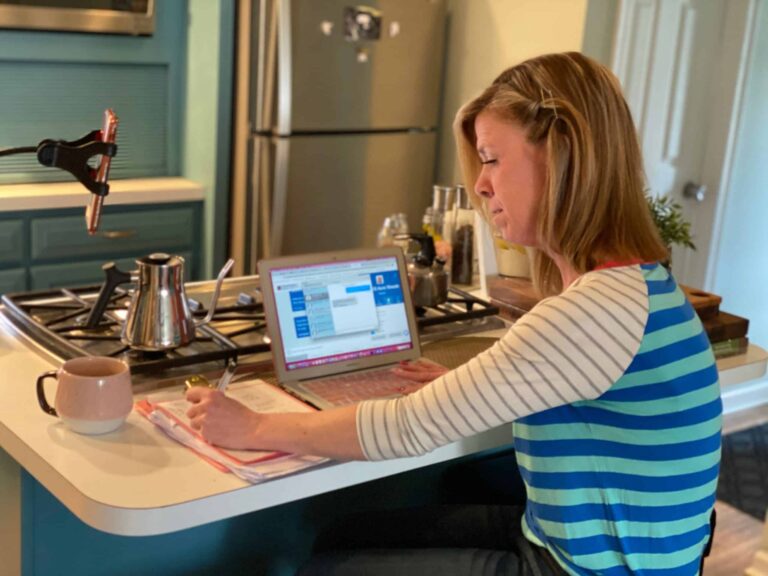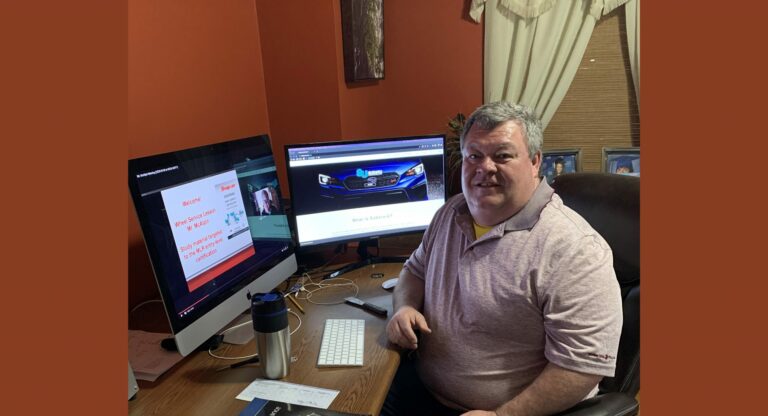By Dan Staples
The emergent nature of the way the COVID-19 crisis unfolded has found educators nationwide shifting from their traditional teaching duties to a remote learning model in the space of a few short but chaotic days. As we work to ensure the continued delivery of quality instruction to our students, we are also balancing our personal responsibilities outside of our jobs. In addition to my position as a high school math teacher, I am also the local president of a 550-member, wall-to-wall local education association, and it goes without saying that local associations have been at the forefront of working with district administration to navigate these uncharted waters and the needs of all members.
In addition to my wife and I providing remote instruction in Financial Algebra, Algebra II, AP Literature, English 11, and Tomorrow’s Teachers (an NJEA sponsored program), we are also assisting our own children, an 11th grade athlete and AP student grappling with the cancellation of her season and amended AP testing, and a 6th grade special needs student with an extensive IEP. Fortunately, as experienced educators, we are able to assist them both in their studies. However, I am empathetic to the needs of the many parents and guardians who are not educators and are now tasked with doing in-class support duties.
Some of our early takeaways are as follows:
First, remote instruction is, in most cases, more work than in-class instruction. I am reminded of a now-retired teacher, coach, mentor, and colleague, Mr. Savitsky, who always came to work because he said it was harder to prepare sub lessons than to come to work and deliver lessons. With remote learning, although I am communicating with my students, they are doing the work mostly on their own. Like so many other educators and support staff, I miss the in-person interaction, the para-linguistics, the non-verbal cues, and the peer-to-peer group dynamic, all of which are vital to the learning process.
Second, remote instruction is a great stop-gap measure so that students continue to receive quality instruction during this pandemic. It is not, however, in any way a replacement for a traditional classroom setting.
Third, a lot of good will come out of this in the way of adding valuable skills and tools to our collective teaching repertoires. Our local association professional development chair, Jennifer Ansbach, has been absolutely instrumental in gathering and sharing resources to assist our members, and it has been so moving to see colleagues working together to assist each other in getting quickly up to speed.
For the most part, we are building the ship while sailing it, and, as we always do, we are getting it done.
Dan Staples is a Business Mathematics teacher at Manchester Township High School. He also serves as the president of the Manchester Township Education Association.
Remote/online communication and instruction tools are subject to privacy rules. NJEA members use of these resources should be done with the prior approval of and in accordance with all applicable laws, regulations and employer policies. NJEA does not endorse any of the mentioned tools.




